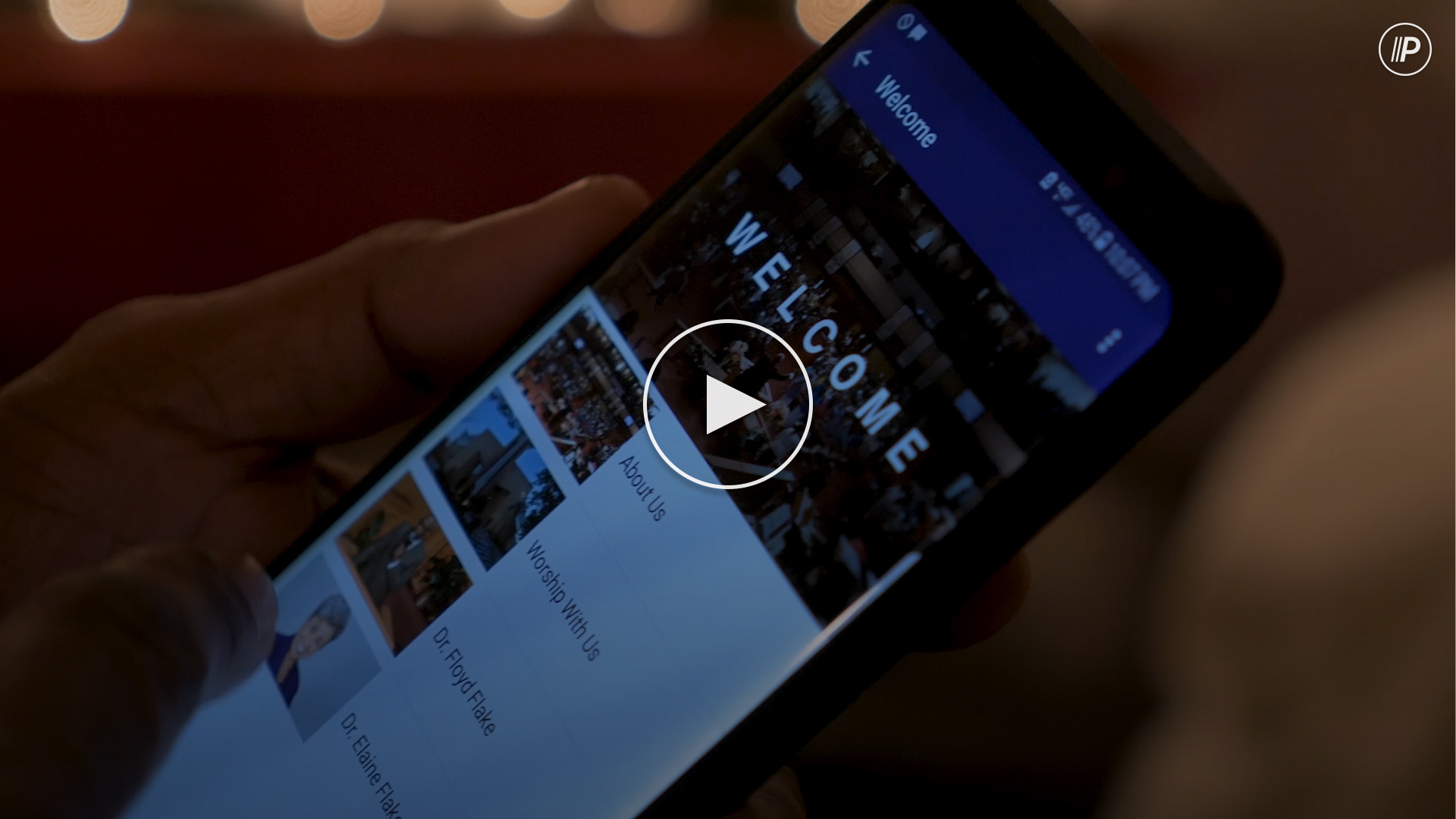NYC Church Uses Mobile to Bring Generations Together
It’s tough to overestimate the impact of Greater Allen AME Cathedral of New York upon the Jamaica neighborhood in Queens.
For 150 years, the church has faithfully served the community.
They’ve fought injustice. They’ve fed the hungry. They’ve preached the gospel.
An Epic History
When the local bishop assigned the community to then 31-year-old Rev. Floyd Flake in 1976, the neighborhood wasn’t in good condition. Homes looked like they were ready to collapse. Drug dealers dominated entire streets.
Though the church had always had a significant role in the community, the odds looked stacked against the young pastor. But Flake believed the “success of the church is vitally connected to what is transpiring within the community it serves.” So Flake and Greater Allen AME began to build. The church built a senior center to engage the elderly. They built schools to engage the next generation.
In total, the church started more than 60 clubs and organizations to engage members and the broader community. They started a prison ministry, a cancer support group, a ministry to those impacted by HIV/AIDS, and so much more. And God has slowly transformed the community. Families have been put back together and lives have been changed.
Embracing Technology
Today, if you head into Greater Allen AME’s worship services, you might see lots of gray hair and assume the church’s best days are behind it.
But you’d be wrong—very wrong. Yes, you’ll see lots of “senior saints” playing important roles in the church. But you’ll also see a growing number of Millennials connected to the church. Together, they have big plans to continue Pastor Flake’s vision of community impact.
Technology, particularly the church’s Pushpay mobile app, is becoming an important bridge uniting these two divergent generations. The app is hardly a vanity tool for the church’s ministry. Church members use it to watch sermons online, keep up with what’s going on at the church, and, of course, give.
You’d expect the church’s youth to be avid users of the church app—and they are. It’s part of the reason the church invested in a mobile app to begin with. Church leaders wanted to engage young people on their terms.
“Mobile technology is huge for youth in the church because it’s where they are,” says Edward Jordan, the church’s youth pastor. “They spend the majority of their time on their phones, iPads, and computers…It’s something that is very relevant to where they are.”
But the church’s older members benefit from the church’s technology use, too. Many can’t get to worship services as frequently as in years gone by. Streaming worship services online means they can still participate, even if they can’t be physically present.
Tech Brings Generations Together
Church leaders have proactively leaned upon the church’s youth to help its older members use the new mobile technology. For example, during the most recent men’s conference, organizers included a 30-minute “technology time” into the program. During these 30 minutes, Rev. Tiate Carson, who oversees the church’s stewardship program and men’s ministry, had youth and young adults travel around the room to help the older men download and use the app.
“I kind of deputized all of our young adults and teenagers,” Carson says. “We had such a great time. I mean they laughed. Who would have thought that this 30-minute session would really turn out to become a great bonding opportunity?”
Each of the older men shot live video of each other from their phones. Carson says some of them had never used the feature before. But now, Carson says, it’s a standard feature on their phones.
“Often times, most churches kind of flow into extreme directions,” Jordan says. “They either become really young and extremely vibrant, but they completely alienate themselves from those stakeholders that helped to build the congregation to what it became, or they may decide to go the complete opposite direction that says, ‘We’ll deal with the young people once we finish taking care of our more seasoned and senior saints.’ I think we really do the church a disservice when we do that. I think the church can take a really strong stance, really a leading stance in helping to build those conversations between the Millennials (and even younger) and our Baby Boomers and Generation Xers.”
A Future of Innovation
Just take a quick look around the church, and you see its future is bright and its impact isn’t just limited to history books. The church runs a soup kitchen on Mondays and Thursdays. It operates affordable housing in the neighborhood. It runs a school. It has a feeding program. Technology doesn’t do any of that ministry. It can’t feed a belly, educate a child, or provide a place to live, but it can, and does, accelerate the work of the church.
“Digital innovation is essential to the growth and the future of our church because of the next generation,” says Rodeena Stephens, the church’s communications director.
Featured Content
You May Also Like

